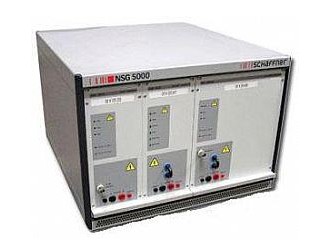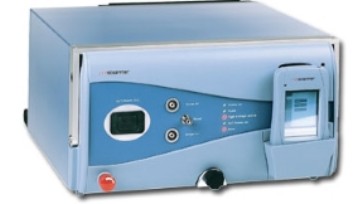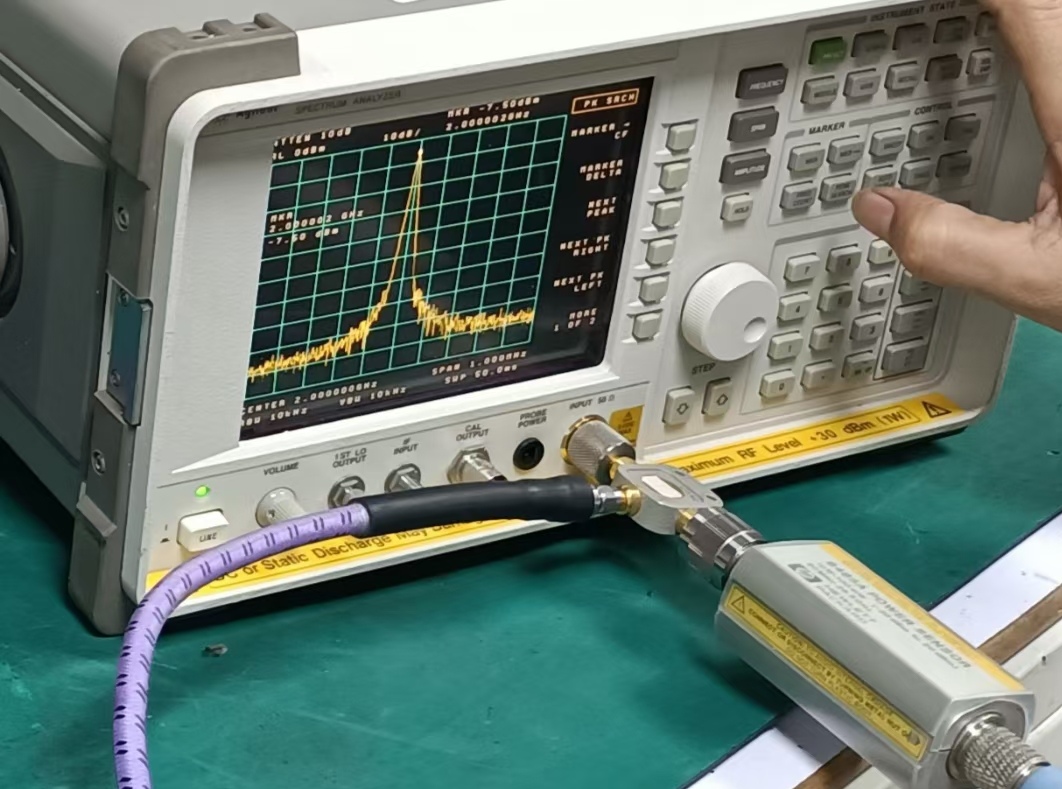
TESTQ 特测 NSG5000 Schaffner Surge Generator 浪涌发生器
维修、出售

The compact and modular EMC Test System NSG 5000 offers all the generators necessary for tests with pulsed interference as well as voltage variations as called for by ISO and SAE. The established test specifications for passenger cars together with the new standards for commercial vehicles published by the ISO, SAE, DIN and other bodies are fully covered, as are the many company specific standards from larger vehicle manufacturers. The construction adopted enables trends in the standards and changing market requirements to be followed consistently through the introduction of new developments or upgrades to the generator modules.
This compact mainframe houses the common system components and accommodates all the standard pulse generators such as the Schaffner NSG5001, the Schaffner NSG5003 and the Schaffner NSG5005. A high performance processor controls all the real-time tasks, takes care of system integrity, assures the monitoring of the EUT path and handles communication with the Windows-based user interface. Besides the control unit, the power supply, high voltage unit and control electronics for the EUT are all housed in a package mounted at the rear of the mainframe. This modularity provides the flexibility to adapt to changing requirements. The front of the chassis is available for the insertion of various pulse generators and for the connection and practical handling of test objects. Interrupt-free test sequences comprising all types of pulse at one and the same EUT connector are made possible through the use of a high voltage pulse bus configuration. An electronic switch to connect and disconnect the battery supply is incorporated in the NSG 5000.
In its standard configuration, the equipment is rated for testing objects at up to 30V/25A DC or 48V / 10A DC. The test rig and the power sources are protected by built-in, over-current trip switches. Additional inputs and outputs are located on the rear panel for test execution control purposes and the monitoring of error signals, oscilloscope triggers, gate start/stop commands, etc. Larger systems can be created by installing further generators in an expansion chassis and these generators are instantly recognized by the software and are embodied automatically in the system. Overall control is effected via a PC running under Windows.



